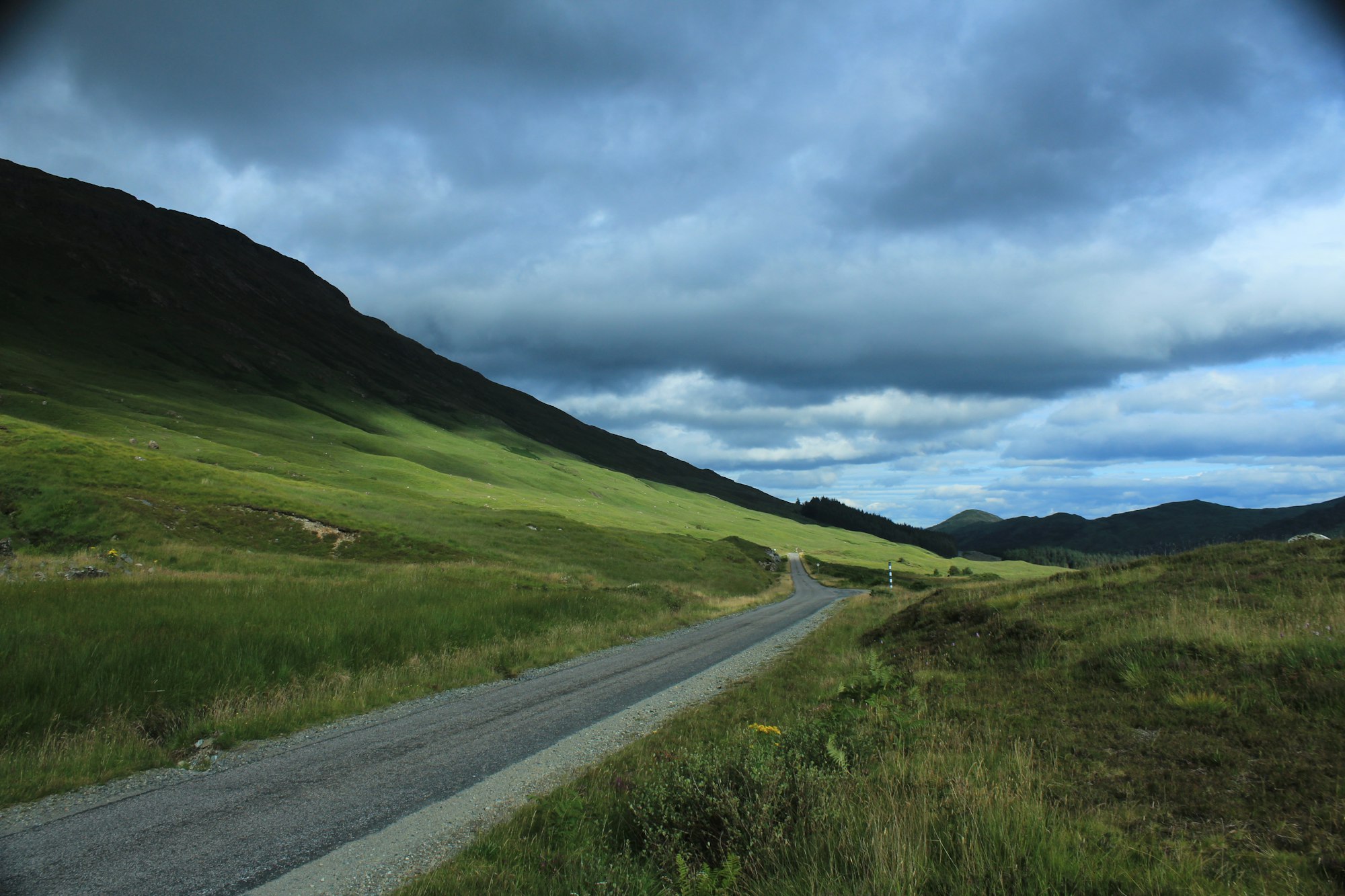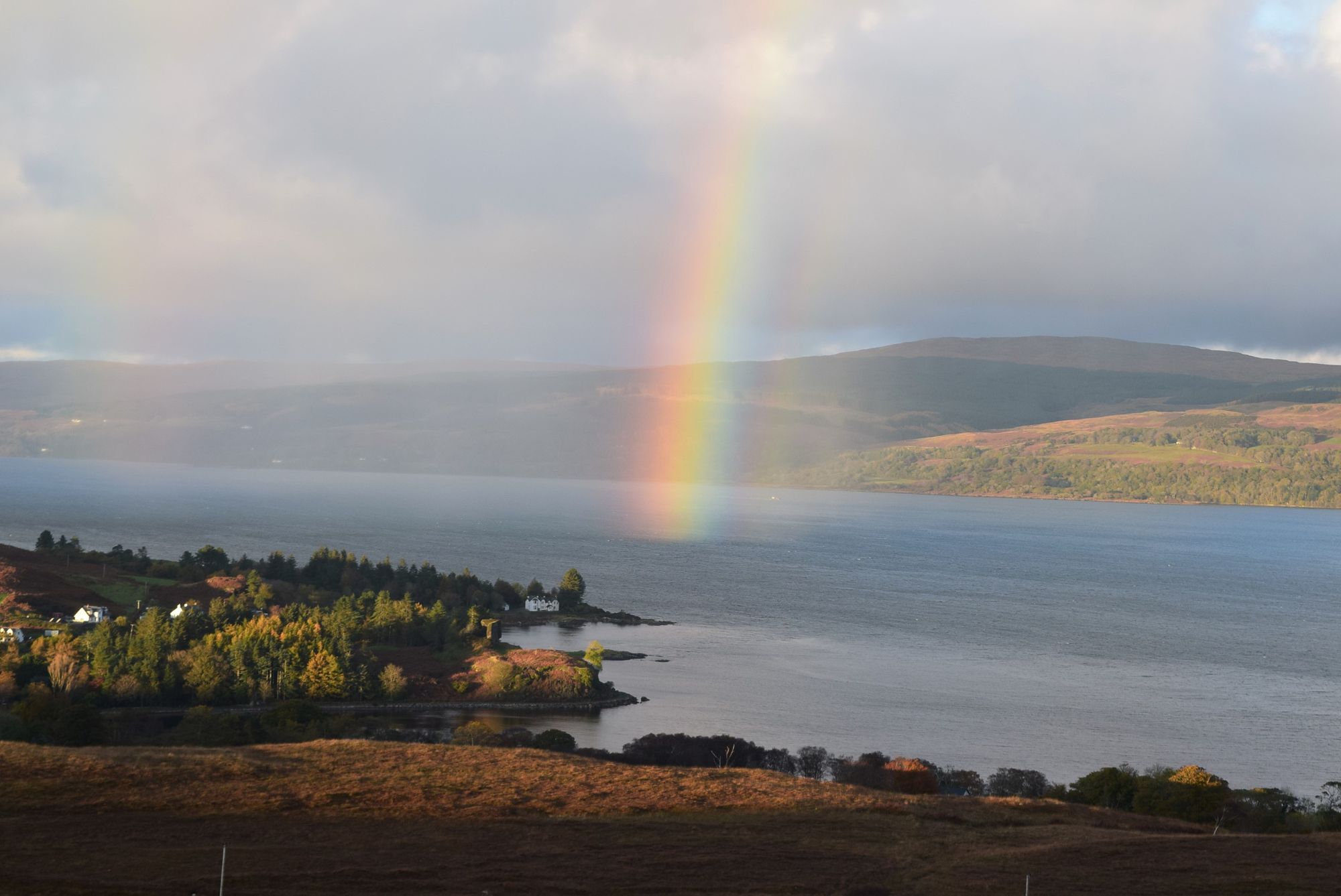One million trees is just the beginning
How our project plans to sequester millions of tons of CO2.

Just the gist
Short on time? Here's what you need to know this month:
- ❓We hear straight from the Future Forest team about the key questions their research into enhanced mineral weathering needs to answer, before they can scale it up.
- 🌳 In other news, the project also planted over 69,000 trees last month, and now have cattle rotationally grazing across their land—a key regenerative agriculture technique to promote biodiversity in the soil.
This is an update from Wren's project with The Future Forest Company. For more updates like this one, follow Wren on Twitter and Instagram.
The potential to sequester millions of tons of CO2 every year
The Future Forest Company are an ambitious bunch, and their first-of-its-kind enhanced mineral weathering pilot might be their most ambitious project yet.
In the last update we explained what enhanced mineral weathering is. If the pilot is successful, the carbon removal technique could scale up to sequester millions of tons of CO2 every year. But there's work to be done first.
We need to answer some big questions about the impact and practicalities of doing enhanced weathering before we can scale it up. Broadly, these are:
1. Are there co-benefits to forests in applying rock dust?
2. Are there any negative impacts on the ecosystem, hydrology, or humans producing it?
3. What is the best process, and how much does it cost?
Once we can answer these questions, the potential scale and impact of enhanced weathering is huge. It could theoretically be applied to much of the world’s agricultural and forest lands, amounting to around two thirds of the Earth’s surface.
– Jim Mann, Future Forest Company CEO
Meanwhile, back at the ranch...

Planting over 69,000 trees in Glenaros!
Tree planting continues as planned at Glenaros despite some cold, wet and very windy weather. The team have almost planted 1 million trees in total! Here's a letter from Christine, who's working on site on the Isle of Mull:
The tree planters planted over 69,000 trees before the first week over December. Site Assistant Abby and Joanne have been busy looking after the new Highland Heifers (Scottish cows).
You may be wondering why we need livestock, when our main focus is reforestation. Livestock is beneficial for both carbon storage and biodiversity. Our highland cattle and sheep function in the way that tens of millions of bison, elk, deer and other ruminants did when they created the great grasslands of the world.
Our highland cattle are extensively grazed on our hills (with GPS collars) to mimic bison grazing the north American prairies. Our North country cheviot sheep are grazed rotationally in a 65-day system, while our woolly pigs churn up the floor of our woodlands. And of course, aside from the great work they do keeping our soil alive and healthy, they are beautiful to look at!
– Christine MacAulay, Future Forest Communications Lead

That's it for this update! Thanks so much for your support, and Happy New Year! 🎉🎉🎉🎉
– the Wren Team

